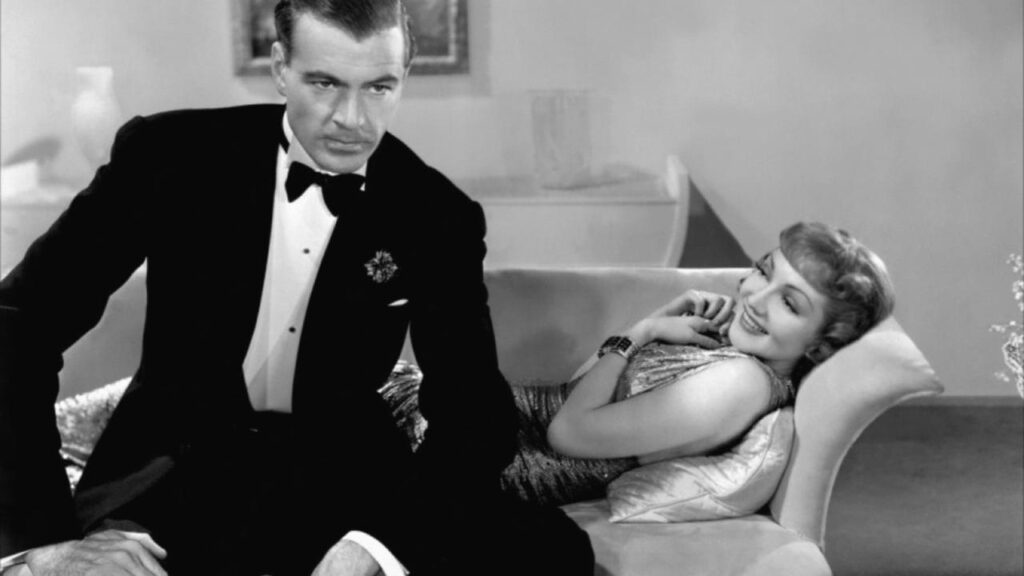
For many Bluebeard’s Eighth Wife (1938) is lesser Ernst Lubitsch. Sure Lubitsch and star Claudette Colbert could never top the “Jazz Up Your Lingerie” sequence in The Smiling Lieutenant (1931), but there’s still plenty of the “Lubitsch touch” in evidence in Bluebeard’s Eighth Wife.
Billy Wilder’s screenplay gives a verve and a certain amount of anxiety to the material that makes the film feel more post-war than pre-war. This more modern approach to the screw-ball comedy reminds one just how influential these films are. Bluebeard’s Eighth Wife in particular is the kind of film that could have very easily served as a blueprint of sorts for the likes of Nora Ephron, Rob Reiner, and Elaine May. Though the gender politics may be dated in films like Bluebeard’s Eighth Wife, characters like Colbert’s Nicole de Loiselle have a spunky independence about them that provides many of the trappings and signifiers that one sees in contemporary feminist comedies. It would be hard to imagine The First Wives Club (1996) without Nicole de Loiselle having come first.
Colbert is the master of bringing the sensibilities of the “modern woman” to extremely traditional feminine roles. She’s equally at home in Cleopatra (1934) as she is in Imitation of Life (1934). The roles she is best remembered for today celebrate the synthesis of these two halves; films like Bluebeard’s Eighth Wife and It Happened One Night (1934). In cinematic terms there is no better representation of Colbert’s star power than in Four Frightened People (1934), where Colbert literally transforms from the neurotic “everywoman” into a Sheena The She-Wolf type. Lubitsch clearly realized this about Colbert, so every other scene she’s in goes back and forth from one extreme to the other. This becomes as much Nicole de Loiselle’s charm as it is Colbert’s. This character is a dynamic representation of dual impulses and how identity reckons with those urges.
Colbert’s “fella” is played stoically by Gary Cooper. Cooper’s Michael Brandon, millionaire and seven times married, is a cagey narcissist determined to make marriage number eight work. Cooper is the perfect foil to Colbert. His energy is highly directed, hers is all over the place, he is single minded, she’s a flightly multitasker. What’s great is that Lubitsch uses this juxtaposition so that during the first half of the film we root for Cooper because of these attributes which, in the film’s second half, become the reason why we, the audience, turn on Cooper. The fact that Cooper doesn’t really change is why the spectator can turn against Cooper’s character without disliking him outright. Of course, the fact that he’s a buffoon in comparison to Colbert also helps.
What I am slowly realizing about Lubitsch’s work is that there is a second canon of masterpieces in his ouevre. Everyone hears about The Shop Around The Corner (1940), Trouble in Paradise (1932) and To Be Or Not To Be (1942) and those films are all great. But there is this other network that begins with Die Puppe (1919) and culminates with Cluny Brown (1946) that focuses primarily on women. This set of masterpieces, which includes Bluebeard’s Eighth Wife, may well be my personal favorite.
